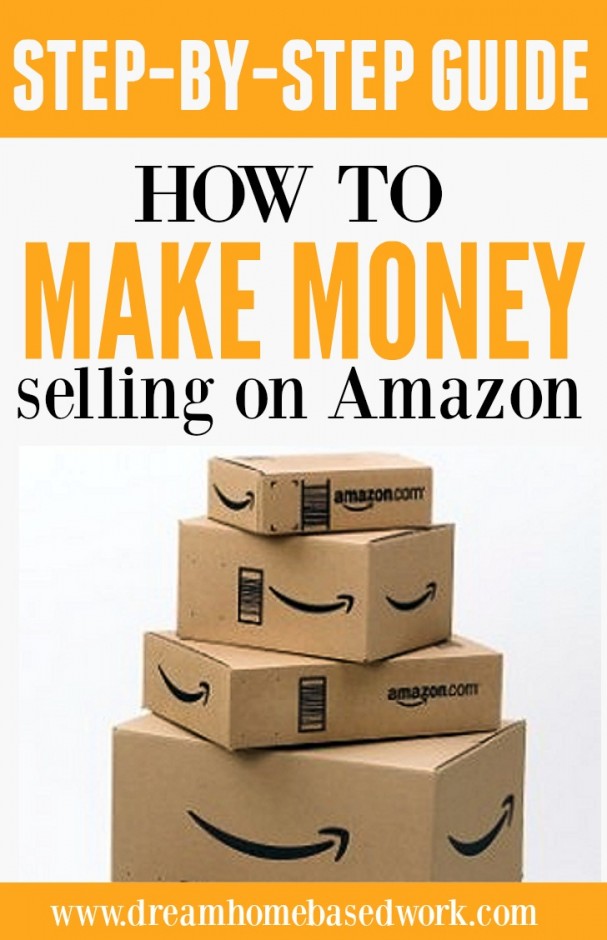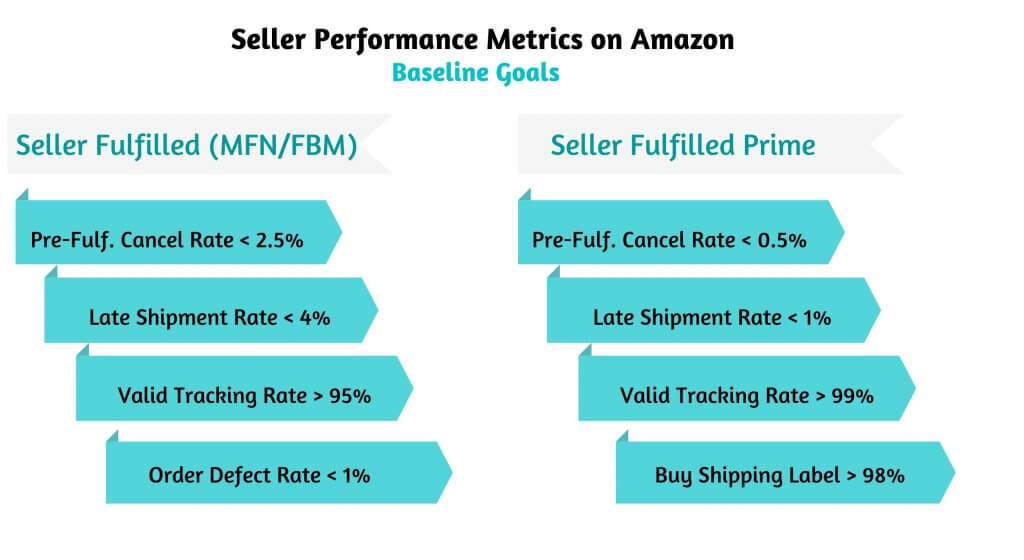Getting Started with Amazon Selling
To start selling on Amazon, you’ll need to create a professional seller account. Amazon offers three types of accounts: Individual, Professional, and Vendor. The Individual account is best suited for casual sellers who plan to sell fewer than 40 items per month. The Professional account is ideal for businesses that plan to sell more than 40 items per month and need access to additional features such as inventory management and performance reports. The Vendor account is reserved for manufacturers and distributors who want to sell their products directly to Amazon.
When choosing an account type, consider your business needs and goals. If you’re just starting out, the Individual account may be a good option. However, if you plan to sell a large volume of products, the Professional account may be a better choice. Amazon charges a monthly fee of $39.99 for Professional accounts, but this fee can be waived if you sell more than 40 items per month.
In addition to choosing an account type, you’ll also need to provide Amazon with some basic business information, such as your business name, address, and tax identification number. You’ll also need to verify your email address and phone number. Once your account is set up, you can start listing your products and managing your inventory.
It’s also important to note that Amazon has a number of policies and requirements that sellers must follow. These policies include rules around product condition, packaging, and shipping. Amazon also has a performance metric system that tracks seller performance and provides feedback to customers. By following Amazon’s policies and requirements, you can help ensure a positive selling experience and build trust with your customers.
Finding Profitable Products to Sell on Amazon
Finding the right products to sell on Amazon is crucial to success. With millions of products available, it can be overwhelming to choose the right ones. However, by using the right tools and strategies, you can increase your chances of finding profitable products. One way to find profitable products is to use tools like Jungle Scout, Helium 10, or AMZScout. These tools provide valuable insights into product demand, competition, and pricing, helping you make informed decisions about which products to sell.
Another way to find profitable products is to analyze Amazon Best Sellers and Trends. Amazon’s Best Sellers list provides a snapshot of the most popular products on the platform, while Trends shows which products are currently in demand. By analyzing these lists, you can identify opportunities to sell products that are in high demand and have low competition.
When evaluating product demand, it’s essential to consider factors like seasonality, competition, and pricing. Seasonal products may have high demand during certain times of the year, but low demand during others. Competition can also impact demand, as too many sellers offering the same product can drive down prices and profits. Pricing is also critical, as products that are priced too high may not sell well, while products that are priced too low may not generate enough profit.
By considering these factors and using the right tools and strategies, you can increase your chances of finding profitable products to sell on Amazon. Remember, the key to success on Amazon is to find products that are in high demand, have low competition, and can be priced competitively. By following these tips, you can start selling profitable products on Amazon and earning a steady income.
Optimizing Your Amazon Product Listings for Maximum Visibility
Optimizing your Amazon product listings is crucial to increasing visibility and driving sales. With millions of products competing for attention, it’s essential to make sure your listings stand out from the crowd. One way to do this is by conducting thorough keyword research. Use tools like Amazon Keyword Research Tool or Jungle Scout to identify relevant keywords and phrases that customers are using to search for products like yours.
Once you’ve identified your target keywords, incorporate them into your product title and description. Make sure your title is concise, informative, and includes the most important keywords. Your description should provide more detailed information about the product, including its features, benefits, and any unique selling points.
Image optimization is also critical to increasing visibility. Use high-quality images that showcase the product from different angles, and make sure they’re optimized for mobile devices. Amazon recommends using images that are at least 1000 pixels on the longest side, and that have a 1:1 aspect ratio.
Amazon SEO plays a significant role in determining the visibility of your product listings. By optimizing your listings for search, you can increase your chances of appearing on the first page of search results, which can drive more traffic and sales to your products. Use Amazon’s performance reports to track your listing’s performance and make adjustments as needed.
In addition to keyword research, title and description writing, and image optimization, there are several other factors that can impact the visibility of your product listings. These include product reviews, ratings, and pricing. Encourage your customers to leave reviews and ratings, as these can help increase your product’s visibility and credibility. Make sure your pricing is competitive, as this can also impact your product’s visibility and sales.
Utilizing Amazon Advertising for Increased Sales
Amazon advertising is a powerful tool for increasing sales and visibility on the platform. With millions of products competing for attention, advertising can help your products stand out from the crowd and reach a wider audience. Amazon offers several advertising options, including Sponsored Products, Sponsored Brands, and Sponsored Display Ads.
Sponsored Products is a popular advertising option that allows you to promote individual products on Amazon. You can target specific keywords, products, and categories to reach customers who are searching for products like yours. Sponsored Brands is another option that allows you to promote your brand and products on Amazon. This option is ideal for businesses that want to build brand awareness and drive traffic to their Amazon store.
Sponsored Display Ads is a newer advertising option that allows you to promote your products on Amazon and other websites across the internet. This option is ideal for businesses that want to reach a wider audience and drive traffic to their Amazon store.
To get started with Amazon advertising, you’ll need to create an ad campaign and set a budget. You can choose from a variety of targeting options, including keywords, products, and categories. You can also set a bid for each ad, which will determine how much you pay each time a customer clicks on your ad.
Amazon advertising can be a powerful tool for increasing sales and visibility on the platform. By targeting the right customers and setting a competitive bid, you can drive traffic to your Amazon store and increase your sales. However, it’s essential to monitor your ad performance regularly and make adjustments as needed to ensure that you’re getting the best return on investment.
Maximizing Earnings with Amazon’s Fulfillment Options
Amazon’s fulfillment options are designed to help sellers streamline their shipping and handling processes, while also providing a better customer experience. The two main fulfillment options are Fulfillment by Amazon (FBA) and Merchant Fulfilled. FBA is a popular choice among sellers, as it allows Amazon to handle storage, packaging, and shipping of products. This option is ideal for sellers who want to focus on marketing and sales, rather than logistics.
Merchant Fulfilled, on the other hand, allows sellers to handle their own shipping and handling. This option is ideal for sellers who have a strong logistics system in place and want to maintain control over their shipping process. However, it’s essential to note that Merchant Fulfilled sellers are still required to meet Amazon’s performance metrics and policies.
When choosing a fulfillment option, it’s essential to consider your business needs and goals. FBA can provide a number of benefits, including access to Amazon’s trusted brand and customer base, as well as the ability to offer free shipping and handling. However, it’s essential to note that FBA also comes with fees, including a monthly inventory storage fee and a shipping fee.
Merchant Fulfilled, on the other hand, can provide more control over the shipping process, as well as the ability to offer customized packaging and shipping options. However, it’s essential to note that Merchant Fulfilled sellers are still required to meet Amazon’s performance metrics and policies, and may be subject to penalties if they fail to meet these requirements.
Ultimately, the choice between FBA and Merchant Fulfilled will depend on your business needs and goals. By understanding the benefits and drawbacks of each option, you can make an informed decision that will help you maximize your earnings on Amazon.
Monitoring and Improving Your Amazon Performance
Monitoring and improving your Amazon performance is crucial to success on the platform. Amazon provides a range of tools and reports to help you track your performance and make data-driven decisions. One of the most important metrics to track is your sales performance. This includes metrics such as sales revenue, units sold, and conversion rates.
Another important metric to track is your customer feedback. This includes metrics such as customer reviews, ratings, and feedback comments. Positive customer feedback is essential to building trust and credibility with potential customers. Amazon also provides a range of tools to help you manage and respond to customer feedback.
Amazon’s performance reports provide a wealth of information about your business performance. These reports include metrics such as sales, profits, and customer feedback. By analyzing these reports, you can identify areas for improvement and make data-driven decisions to optimize your business performance.
In addition to Amazon’s performance reports, there are also a range of third-party tools available to help you monitor and improve your Amazon performance. These tools include metrics such as sales tracking, customer feedback management, and inventory management. By using these tools, you can gain a deeper understanding of your business performance and make data-driven decisions to optimize your business.
By monitoring and improving your Amazon performance, you can increase your sales, profits, and customer satisfaction. This is essential to building a successful and sustainable business on Amazon. By using the tools and reports provided by Amazon, as well as third-party tools, you can gain a deeper understanding of your business performance and make data-driven decisions to optimize your business.
Scaling Your Amazon Business for Long-Term Success
Scaling your Amazon business requires a strategic approach to growth and expansion. One key aspect of scaling is expanding your product lines. This can involve adding new products to your existing categories or exploring new categories altogether. By diversifying your product offerings, you can attract new customers and increase your average order value.
Another important aspect of scaling is increasing your marketing efforts. This can involve leveraging Amazon’s advertising options, such as Sponsored Products and Sponsored Brands, to reach new customers and drive sales. You can also use social media and other online marketing channels to promote your products and build your brand.
Optimizing your operations for efficiency is also crucial to scaling your Amazon business. This can involve streamlining your inventory management and shipping processes, as well as implementing tools and software to automate tasks and improve productivity. By optimizing your operations, you can reduce costs and improve your bottom line.
Staying up-to-date with Amazon’s policies and best practices is also essential to scaling your business. This can involve regularly reviewing Amazon’s seller policies and guidelines, as well as attending webinars and workshops to stay informed about the latest trends and strategies. By staying informed and adapting to changes in the Amazon marketplace, you can stay ahead of the competition and achieve long-term success.
Finally, scaling your Amazon business requires a focus on customer satisfaction and feedback. By providing excellent customer service and responding promptly to customer feedback, you can build a positive reputation and attract repeat business. By prioritizing customer satisfaction and feedback, you can drive growth and expansion and achieve long-term success on Amazon.
Scaling Your Amazon Business for Long-Term Success
Scaling your Amazon business requires a strategic approach to growth and expansion. One key aspect of scaling is expanding your product lines. This can involve adding new products to your existing categories or exploring new categories altogether. By diversifying your product offerings, you can attract new customers and increase your average order value.
Another important aspect of scaling is increasing your marketing efforts. This can involve leveraging Amazon’s advertising options, such as Sponsored Products and Sponsored Brands, to reach new customers and drive sales. You can also use social media and other online marketing channels to promote your products and build your brand.
Optimizing your operations for efficiency is also crucial to scaling your Amazon business. This can involve streamlining your inventory management and shipping processes, as well as implementing tools and software to automate tasks and improve productivity. By optimizing your operations, you can reduce costs and improve your bottom line.
Staying up-to-date with Amazon’s policies and best practices is also essential to scaling your business. This can involve regularly reviewing Amazon’s seller policies and guidelines, as well as attending webinars and workshops to stay informed about the latest trends and strategies. By staying informed and adapting to changes in the Amazon marketplace, you can stay ahead of the competition and achieve long-term success.
Finally, scaling your Amazon business requires a focus on customer satisfaction and feedback. By providing excellent customer service and responding promptly to customer feedback, you can build a positive reputation and attract repeat business. By prioritizing customer satisfaction and feedback, you can drive growth and expansion and achieve long-term success on Amazon.








